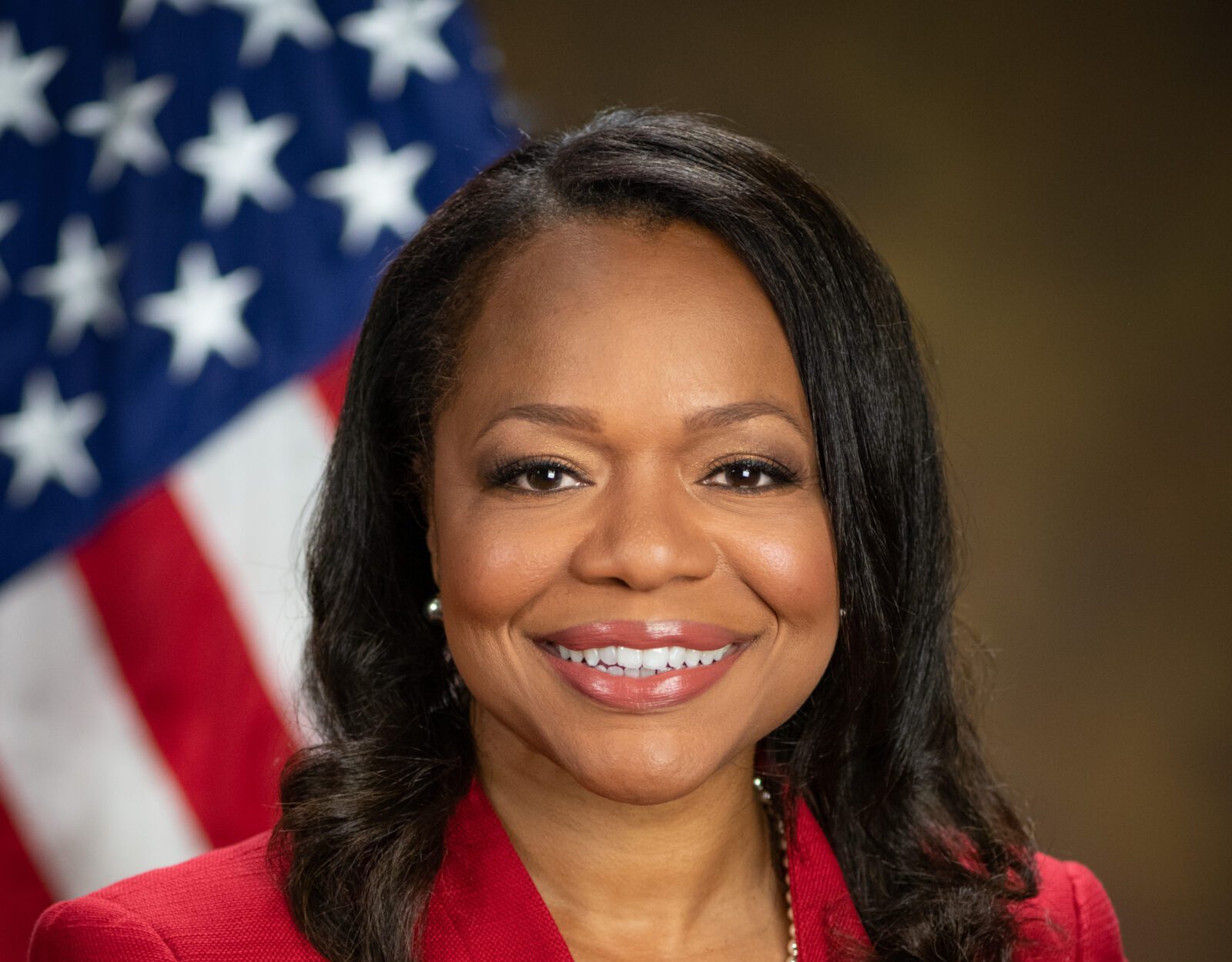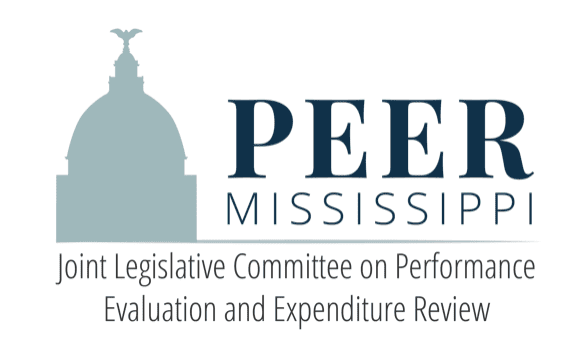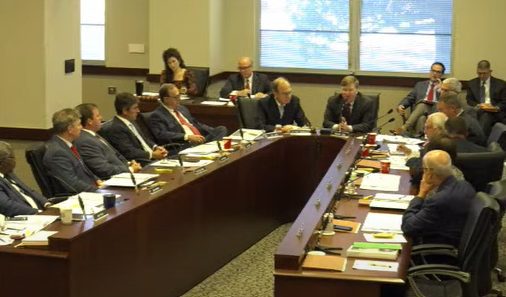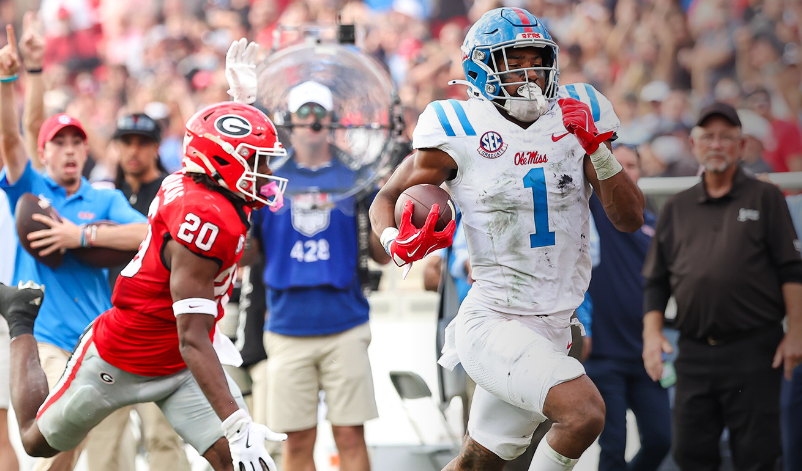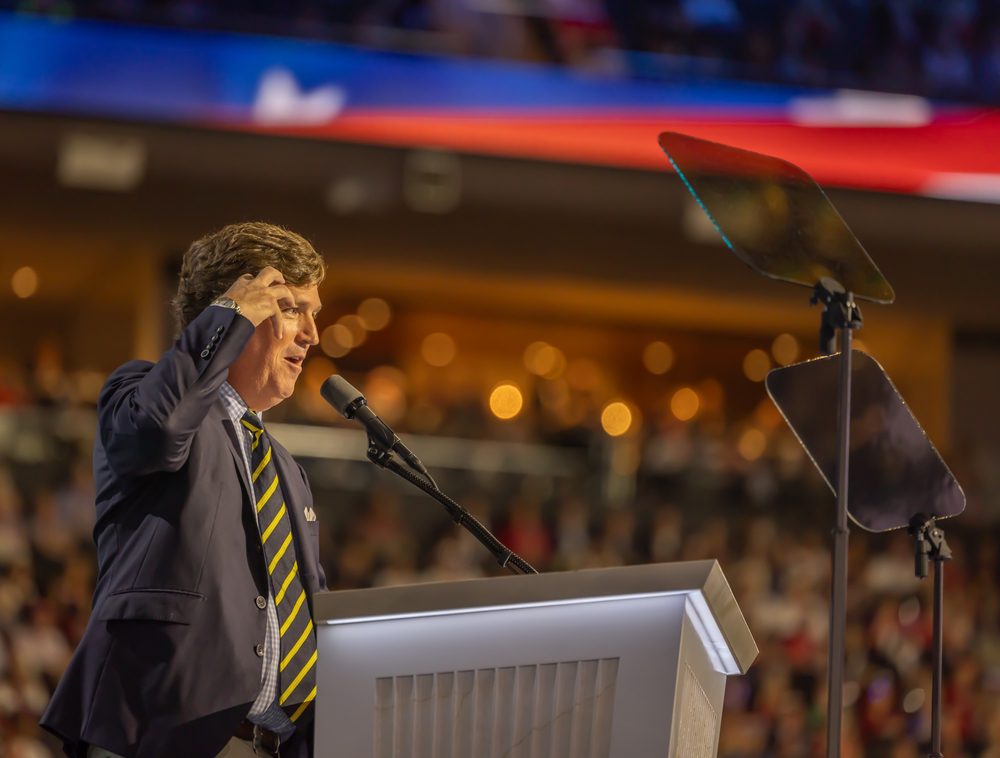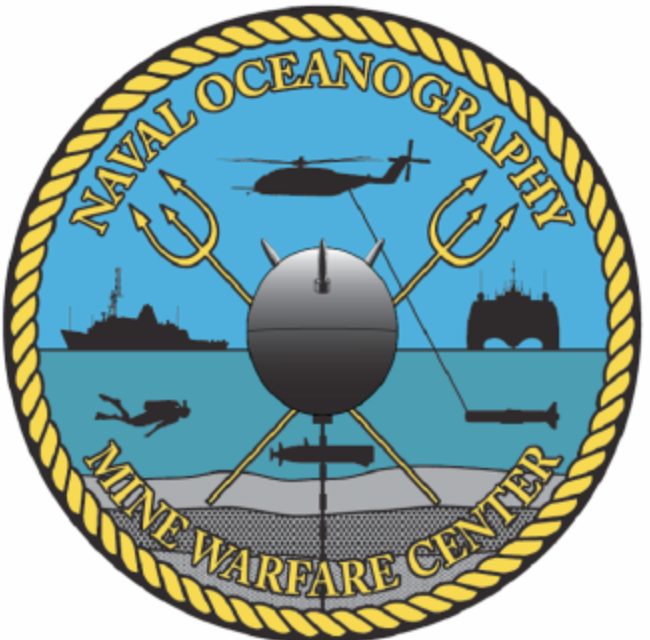
Commander Watts says NOMWC has about 80 personnel, most of those operating out of Stennis in Hancock County, Mississippi.
The Naval Oceanography Mine Warfare Center (NOMWC) at Stennis Space Center in South Mississippi provides asymmetric warfighting advantage as an embedded member of Mine Warfare forces by reducing risk and tactical execution timelines through the fusion of oceanographic sciences, intelligence preparation of the operational environment, tactical mine hunting, and data analysis.
NOMWC deploys certified teams in direct support of Mine Countermeasures forces for Mine Warfare-related ocean bottom surveys, assessment, and data fusion.
Commander Matthew Watts, Commanding Officer of the Naval Oceanography Mine Warfare Center (NOMWC), enlisted in the U.S. Navy from Delaware in 1998.
After completing Fire Controlman ‘A’ School in Great Lakes, Illinois, Watts graduated the U.S. Naval Academy Preparatory School in 2000. Watts earned a Bachelor of Science in Oceanography and commissioned from the U.S. Naval Academy in 2004. Following graduation, he earned a Master of Science in Oceanographic Engineering jointly from the Massachusetts Institute of Technology and Woods Hole Oceanographic Institution in 2006.
CLICK HERE TO VIEW COMMANDER WATTS’ FULL BIO.
Personal awards for Watts include the Meritorious Service Medal, Navy and Marine Corps Commendation Medal, Joint Services Achievement Medal, Navy and Marine Corps Achievement Medal, and various unit and campaign awards.
In an interview with Y’all Politics, Commander Watts discussed the mission of NOMWC and his role as Commanding Officer.
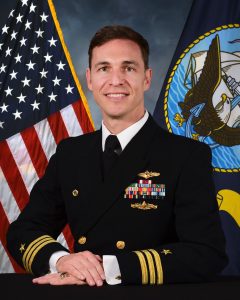
Watts said the mission of NOMWC is to support the U.S. Navy’s Mine Countermeasures forces and they do that by operating unmanned underwater vehicles and conducting oceanographic environmental surveys of the ocean bottom.
“We do that for looking for mine-like objects or other types of environmental characteristics of the ocean,” Watts said. “And all that is to support the mine hunting efforts done by the Mine Countermeasures forces.”
Commander Watts said NOMWC has about 80 personnel, with most of those located at Stennis Space Center in Hancock County, Mississippi. However, there are also four components that are located throughout the world.
Watts said about 72 sailors are located at Stennis, while the other eight are stationed in places such as California, Japan, Spain, and Bahrain.
“Those are the four components I have,” Watts said. “Usually there I’ll have like two sailors for the most part at each of those locations that are embedded with the Mine Countermeasure Commander that are in that certain fleet and they’re there to basically have day-to-day operational updates on what weather impacts, but also planning any time of future operations or exercises are heavily involved in that as well.”
The Commanding Officer of NOMWC said roughly 40% of those sailors in his command are first-term sailors that are making the post their first Navy command.
“As aerographers, cause we’re all oceanography meteorology focused sailors, to be focused on a warfare area like mine warfare, and to operating unmanned vehicles and to apply the environment to the warfighter right away, it’s pretty impressive and they do incredible work, really smart sailors,” Commander Watts said. “I think that’s one big thing, just really leverage the first-term enlistments from these folks that come into the Navy, and they’re bright eyed and bushy tailed and ready to come in and do great work and I’m really proud of their effort.”
When describing what a typical day looks like, Watts said they routinely operate unmanned underwater vehicles for training purposes.
“We would go out onboard Combat Rubber Raiding Crafts, or CRRCs, we go on those CRRCs and we go out to confined and shallow waterways and run unmanned underwater vehicles to collect side-scan sonar energy, process that data, and just kind of get into a good habit of doing that pretty regularly,” Watts said. “At least a couple of times a week we try to get out on the water and do those type of operations whether they’re local here or potentially different locations in the independent continental United States.”
The “bread and butter,” Commander Watts said, is going out and operating in foreign countries and within different fleets throughout the world.
“We’re a global reaching command so we deploy from Stennis Space Center, but we go basically all over the world,” Watts explained. “We operate UUV’s, we support Mine Countermeasures forces, but oh, by the way, there’s also a community in the Navy, Explosive Ordnance Disposal, and also mine-men, which does similar type of thing. They actually have the capability to not only find mines, but to destroy them or neutralize those mines, which we don’t have the capability.”
Commander Watts noted the importance of the environment to all of those operations, whether they are UUVs or whether they are Explosive Ordnance Disposal’s UUVs, the environment plays a very important role on whether a vehicle can be operated.
“I would like people to know and understand that in order to conduct these types of operations, you have to have a good baseline of knowledge of the environment, whether that’s from the seabed to the stars,” Watts said. “You need to understand the environment that you’re operating in and so our relationship to that is very important.”
“Understanding the environment is not only our bread and butter, but we use that and apply that knowledge of oceanography to do UUV collection and analysis, I’d say, better than most,” Watts added.

